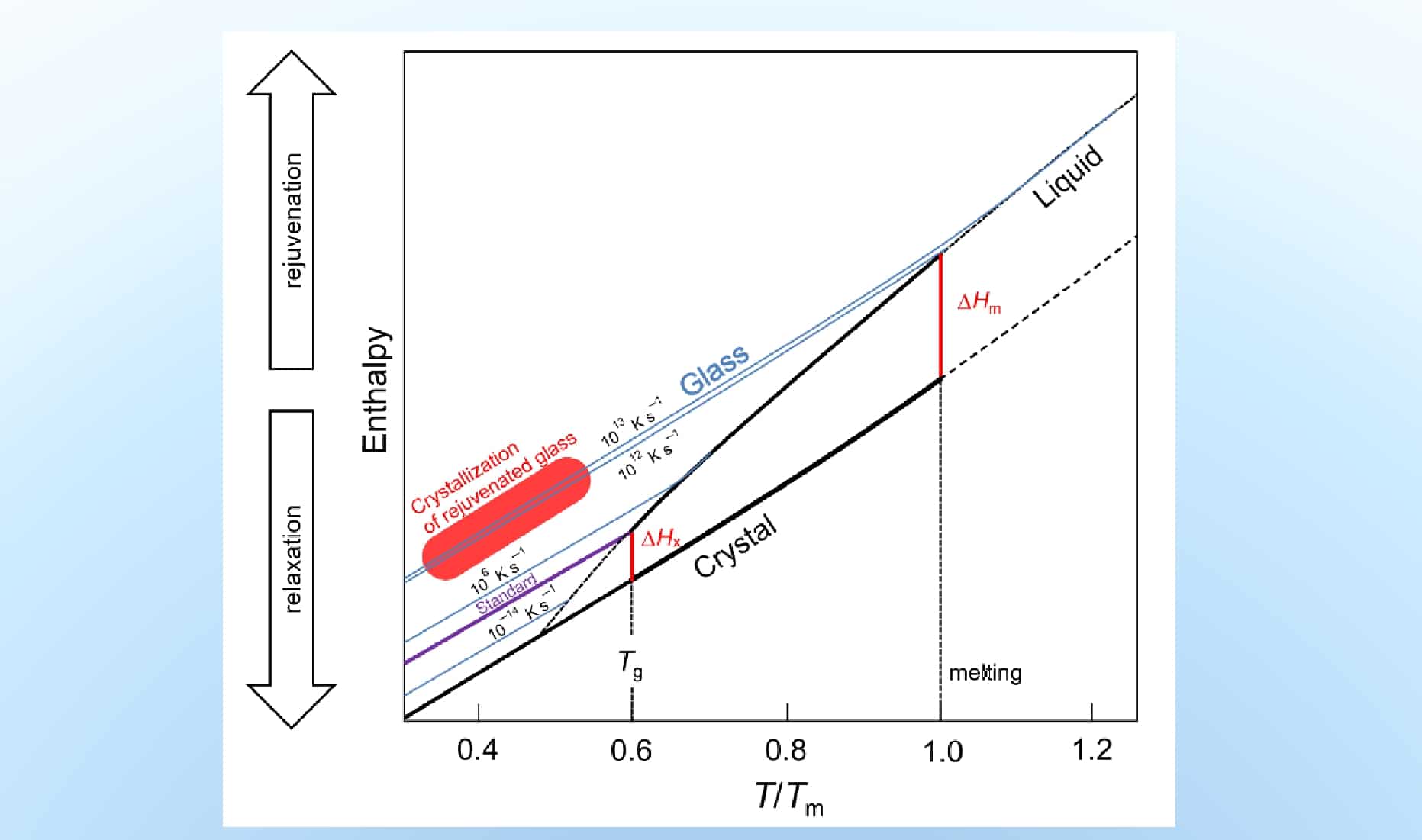12th NARECOM – NAnoEnviCz REsearch COmmunity Meeting
8th December from 2:30 p.m.
Manipulating the Energy States of Glasses
Jiří Orava
Faculty of Environment, J. E. Purkyne University in Usti nad Labem
ABSTRACT
A range of glassy states exceeding 17 orders of magnitude can be achieved upon cooling a liquid, but a range about 6‒7 orders of magnitude is accessible by conventional melt-quenching techniques. Liquid-to-liquid transitions could potentially be applied to control the final energy state of the glass upon cooling. Two directions of energy changes without involving the liquid state can be distinguished rejuvenation, refers to states of higher energy, and the inverse process of relaxation giving states of lower energy. Typically, relaxation gives harder glasses with high resistance to creep and crystallization and having fewer structural defects ensuring long-term structural stability. Rejuvenation gives heterogeneous glassy structure and chemical inhomogeneities on the nanometre length-scale and glasses with greater plasticity and faster crystallization. Highly relaxed glassy states, close to that of crystal, are possibly achieved for some thin-film ultra-stable glasses, while highly-unrelaxed states can readily be studied by computer simulations. In this talk, we will demonstrate how the range of different glassy states beyond quenching techniques can practically be achieved. Different improvements of glassy properties will be demonstrated for electronic, structural, optical, and biomimetic glasses.
More information can be found here.
